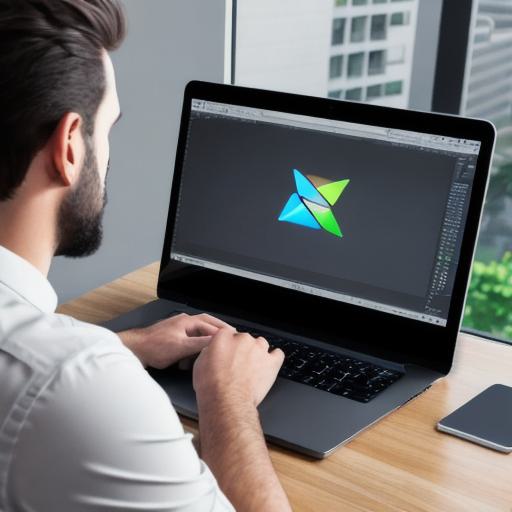Introduction
Welcome web developers! If you’re new to the world of game development or looking to expand your skill set, Unity’s lightweight version, Pico Unity, might be just what you need. In this guide, we’ll walk you through the steps of getting started with Pico Unity development for the web.
What is Pico Unity?

Pico Unity is a lightweight version of Unity, the popular game engine used by developers worldwide. It has been specifically designed to cater to small projects and low-end devices. Despite its size, it offers an impressive set of features for building 2D and 3D games.
Prerequisites
Before diving into Pico Unity development for the web, ensure you have the following prerequisites in place:

- A Computer: Any modern computer should suffice, as Pico Unity is lightweight.
- Install Unity Hub: Unity Hub is a standalone application that manages multiple Unity versions and projects from one place. Download it from the official Unity website (https://unity3d.com/get-started).
- Download Pico Unity: Once you have Unity Hub installed, search for "Pico" in the list of available packages and download it.
Setting up the Environment
- Launch Unity Hub: Open Unity Hub and log into your account if you haven’t already.
- Install Pico Unity: In the Installs tab, click "Add," then select the latest version of Pico Unity and install it.
- Create a New Project: After installation, create a new 2D or 3D project using Pico Unity in Unity Hub.
Preparing Your Project for Web
- Choose Your Project Settings: In the "Project Settings" window, set your game to the WebGL build platform under the "Player Settings." Additionally, configure the other settings according to your needs.
- Create a Scene: Begin creating your scene by adding assets like sprites, models, and scripts.
- Scripting: Use C or JavaScript for writing the logic of your game using Unity’s built-in MonoBehaviour script component.
- Building and Publishing: Once you’re satisfied with your project, click "File" > "Build Settings," then "Build and Run." This will generate a WebGL build in the "Builds" folder. After building the project, publish it to your web server or hosting provider using an FTP client like FileZilla.
Conclusion
Now that you’ve made it through this guide, you’re well on your way to creating engaging games with Pico Unity for the web! Feel free to experiment and explore the various features of this powerful engine.
